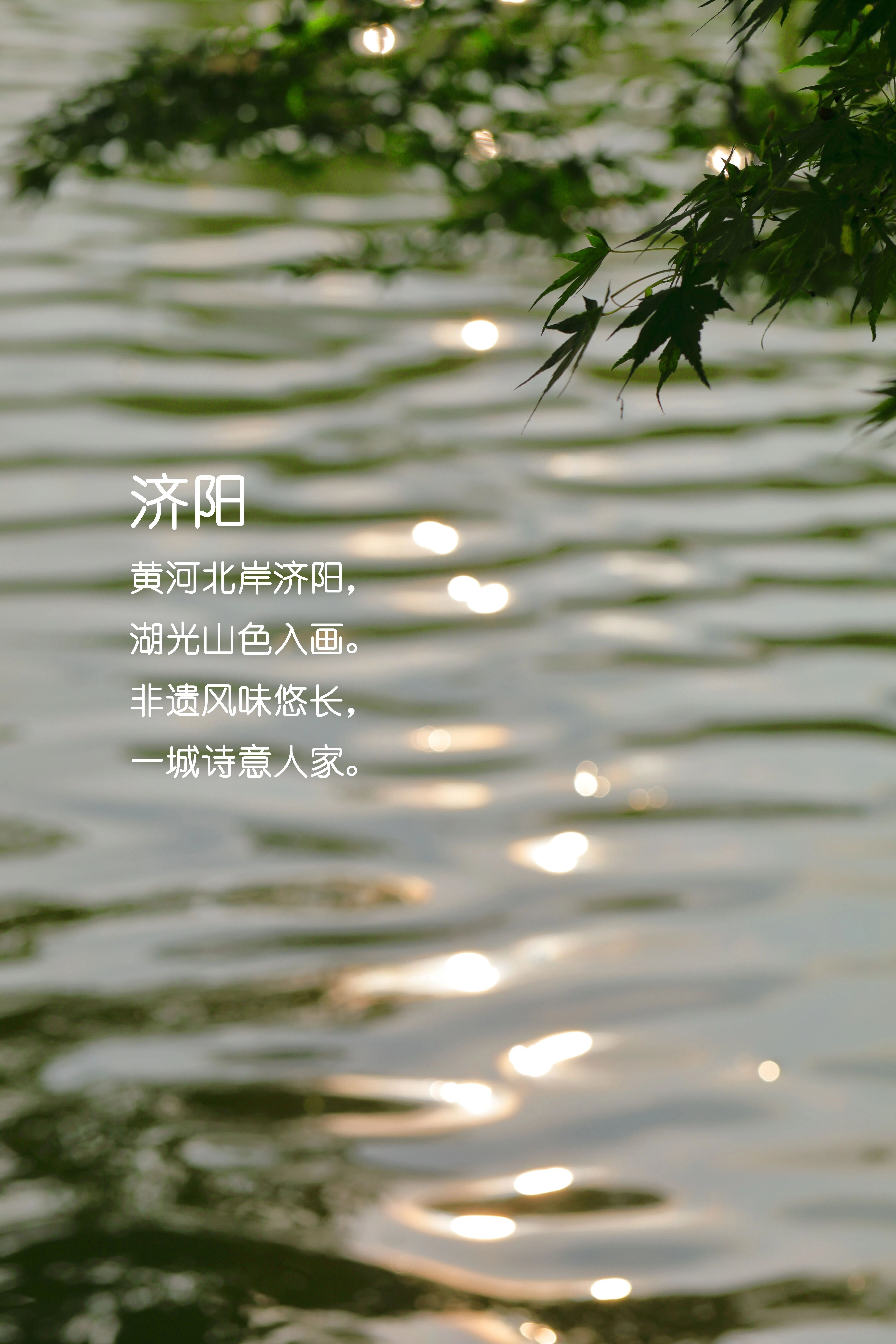Uniquely shaped and literally named Parallel House, created by En Route Architects, provides perfectly framed seaside views 独特的形状和字面上命名的平行房屋,由恩路建筑师创建,提供完美的框架海滨景观
2019-03-15 17:46
Unlike some seemingly randomly named homes, the relationship between Parallel House’s name and its structure is wonderfully clear! Built by En Route Architects, this unique home located on a Greek island provides perfectly framed views of the sea that are nothing short of breathtaking.
与一些看似随机命名的房屋不同,平行房屋的名称与其结构之间的关系非常清晰!由恩路建筑师建造,这个独特的家坐落在希腊的一个岛屿上,提供完美的海景,这是令人叹为观止的。
More specifically, the house is located in the Cyclades Islands, a cluster of small, stunning islands just off the coast of mainland Greece. It sits beautifully above the water, perched just so on a quiet hillside.
更确切地说,这座房子位于西克拉迪斯群岛,这是一群令人惊叹的小岛,就在希腊大陆的海岸附近。它坐落在水面上,坐落在一个安静的山坡上。
The intent of Parallel House’s shape and orientation was to pay direct homage to the seaside that surrounds it. Its beauty, however, is not the only thing this home has to offer. This contemporary, concrete residence is also actually completely self-sustaining. A collection of solar panels, a complete rainwater collection system, and some energy-efficient insulation allow the house to run independently and completely off-grid.
平行屋的形状和方向的意图是直接向它周围的海边致敬。然而,它的美丽并不是这个家唯一能提供的东西。这座当代的混凝土住宅其实也是完全自给自足的.一个太阳能电池板的集合,一个完整的雨水收集系统,和一些节能的绝缘使得房子能够独立和完全脱离电网运行。
Even though it looks extremely modern, the building techniques employed by the architectural teams were actually very traditional. Because the house sits on a very sloped surface, the unique topography of the area needed to be accounted for in order to keep the building stable and safe as well as lovely to look at.
尽管它看起来非常现代,建筑团队使用的建筑技术实际上是非常传统的。因为房子坐落在一个非常倾斜的表面,需要考虑到该地区独特的地形,以保持建筑物的稳定和安全,以及可爱的观赏。
Designers achieved this by partially embedding the backside of the house into the actual landscape it sits upon. This afforded it some resilience, holding it in place like an anchor. It also gives the house a bit of extra natural insulation, protecting it from strong winds and rain during storms typical of islands and seasides.
设计师通过将房子的背面部分嵌入到它所坐的实际景观中来实现了这一点。这给了它一些弹性,把它保持在像锚一样的地方。它还使房屋有一层额外的天然隔热,保护它免受强风和雨水的影响,这些风暴是典型的岛屿和岛屿。
Because the back of the house is so well anchored and insulated, designers were able to keep the front side, or that facing the beautiful sea view, much more open. Here, the house’s main volume is broken up into various sections shaped like large squares. These sections help to frame the view of the water differently from each room in the house.
因为房子的后面是如此好的锚固和绝缘,设计师能够保持正面,或面向美丽的海景,更开放。在这里,房子的主要体积被分解成不同的部分,形状像大广场。这些部分有助于将水的视野与房子里的每个房间设计不同。
As you can see, the house is made almost entirely of exposed concrete. Besides being a welcoming but slightly industrial looking aesthetic choice, this material usage serves a practical purpose too when it comes to reducing energy and water consumption.
正如你所看到的,房子几乎完全是由裸露的混凝土建造的。除了是一个受欢迎但略显工业化的美学选择,这种材料的使用也有一个实际的目的,当涉及到减少能源和水的消耗。
Because the walls and floors are both concrete, a tight thermal insulation is created, which reduces the need for electricity in heating during colder months and helps the space maintain a more controlled temperature all year long, no matter the weather outside.
由于墙壁和地板都是混凝土的,所以产生了严密的隔热层,这减少了在寒冷的几个月里取暖所需的电力,并帮助空间全年保持更可控的温度,不管外面的天气如何。
Keeping warm isn’t the only concern, particularly when Greece has such intensely hot summers and mild seasons between that and winter time. To help regulate the air even on the warmest days, a recessed corridor exists in the back of the home. This creates some cross ventilation that helps keep the spaces cool when the concrete does heat up more than usual.
保持温暖并不是唯一的问题,尤其是当希腊有如此炎热的夏天和温和的季节之间的冬季。即使在最暖和的日子里,也要帮助调节空气,在家里后面有一条凹槽的走廊。这创造了一些交叉通风,帮助保持空间凉爽时,混凝土确实比平常更热。
You might think you don’t see the rainwater collection system we mentioned before in these photos, but we promise you it’s there! This system is actually installed on top of the house in the roof, where it can drain grey water (or fallen water that has yet to be purified) down into tanks submerged under ground. There, the water is filtered to be re-used.
你可能认为你没有看到我们之前在这些照片中提到的雨水收集系统,但我们向你保证它就在那里!这个系统实际上是安装在屋顶的房屋顶部,它可以将灰色的水(或尚未净化的落水)排入地下的水槽中。在那里,水被过滤以被重复使用。
Nearly the same subtle installation process is true of the solar panels we mentioned as well. In order to prevent large panels cramping the style and aesthetic of the home, designers chose to situate them adjacent to the house itself. The panels are actually hidden in the landscape and rigged accordingly, generating sufficient independent energy to power the entire house.
几乎同样微妙的安装过程也是如此,我们提到的太阳能电池板也是如此。为了防止大面板影响住宅的风格和美观,设计师们选择将它们与房子本身相邻。这些面板实际上隐藏在景观中,并相应地进行了安装,产生了足够的独立能量来驱动整个房子。
Structurally, you’ll also notice the way the floor-to-ceiling glass walls face the see in order to frame that stellar view. To make things even better, however, those walls actually open back all the way, transforming most rooms in the house into lovely open concept spaces at whim. This lets fresh seaside air play through the home on warm days and makes the spaces inside the home feel even bigger and brighter than they already are!
从结构上来说,你也会注意到从地板到天花板的玻璃墙面对看的方式,以形成恒星的视野。然而,为了让事情变得更好,这些墙实际上一直敞开着,把房子里的大多数房间变成了可爱的开放式概念空间。这让新鲜的海滨空气在温暖的日子里在家里游走,让家里的空间感觉比现在更大更明亮!
Photographs by Yiorgis Yerolymbos
图片来源:Yerolymbos Yerolymbos
CATEGORIES: Dream Home • House
 举报
举报
别默默的看了,快登录帮我评论一下吧!:)
注册
登录
更多评论
相关文章
-

描边风设计中,最容易犯的8种问题分析
2018年走过了四分之一,LOGO设计趋势也清晰了LOGO设计
-

描边风设计中,最容易犯的8种问题分析
2018年走过了四分之一,LOGO设计趋势也清晰了LOGO设计
-

描边风设计中,最容易犯的8种问题分析
2018年走过了四分之一,LOGO设计趋势也清晰了LOGO设计














































